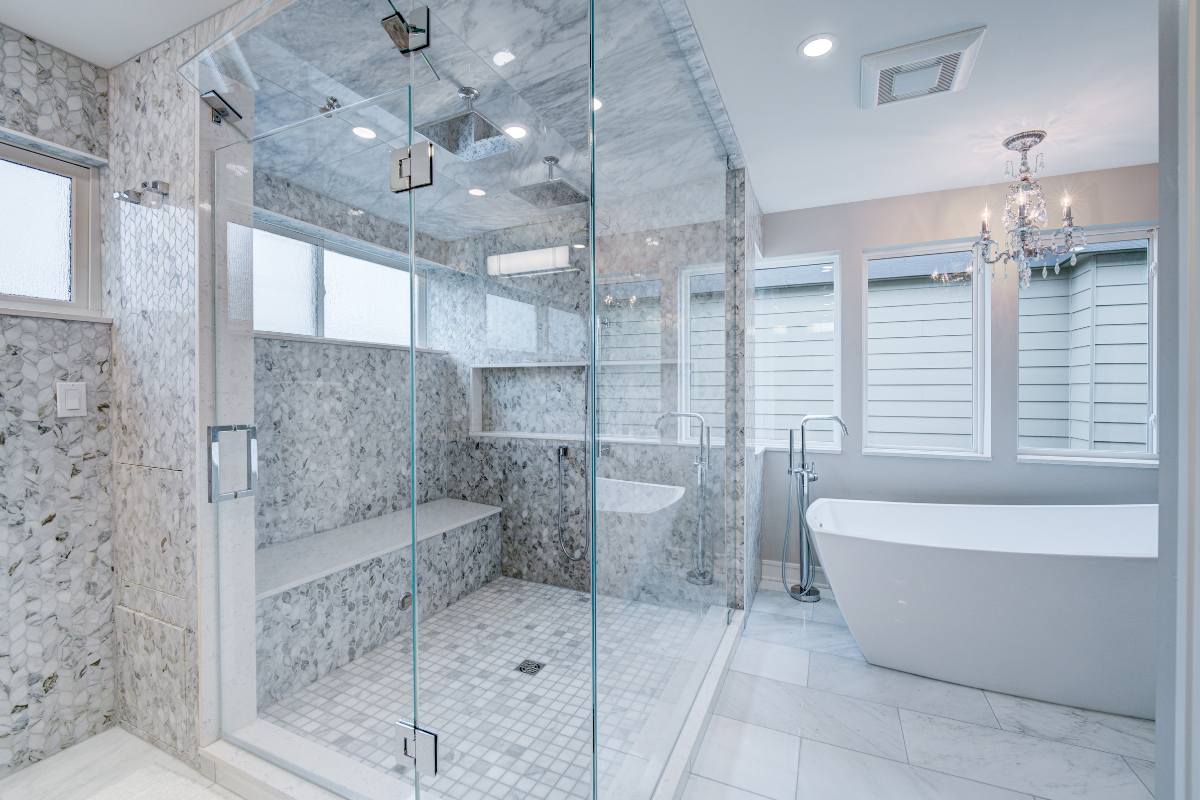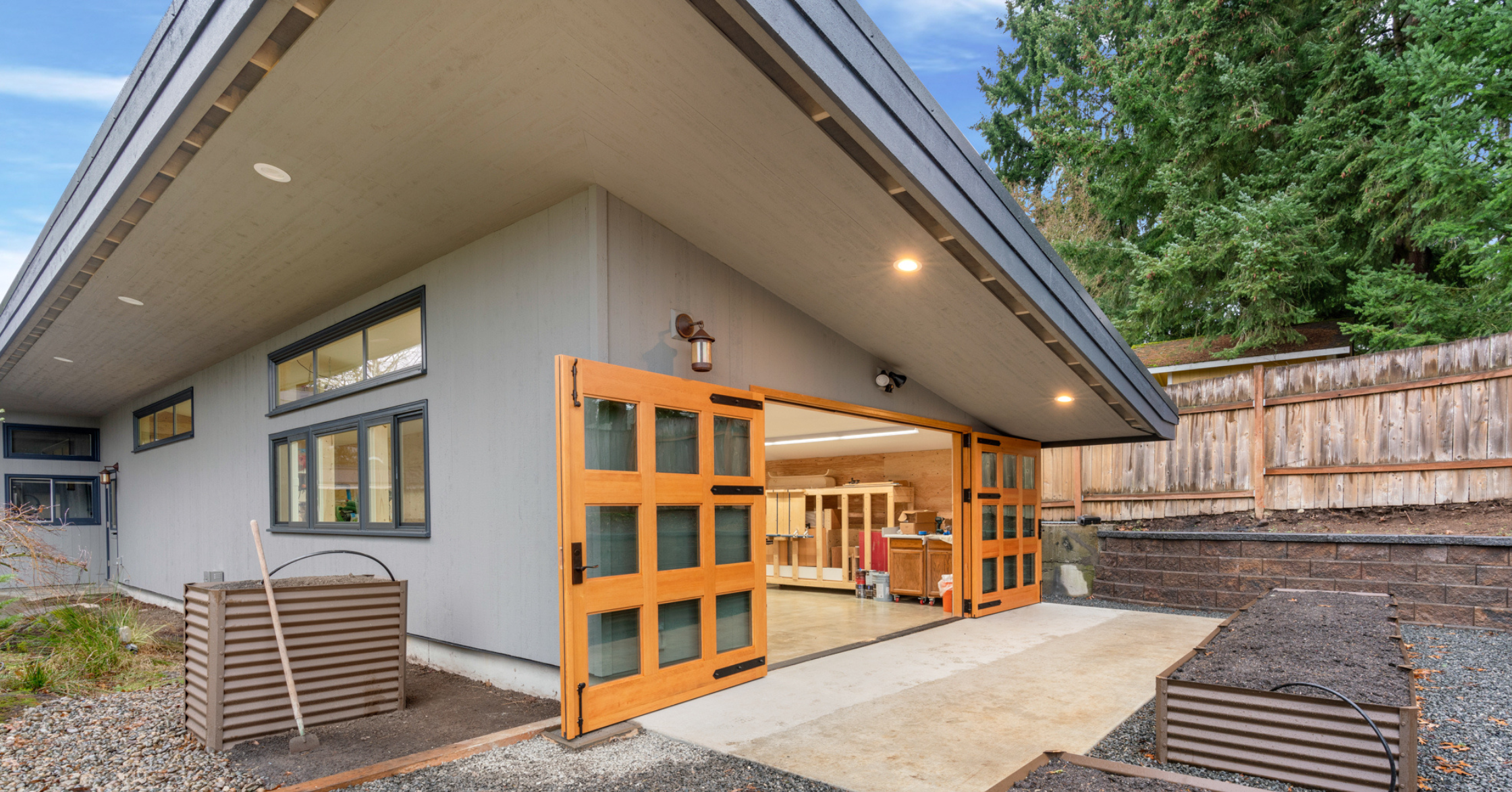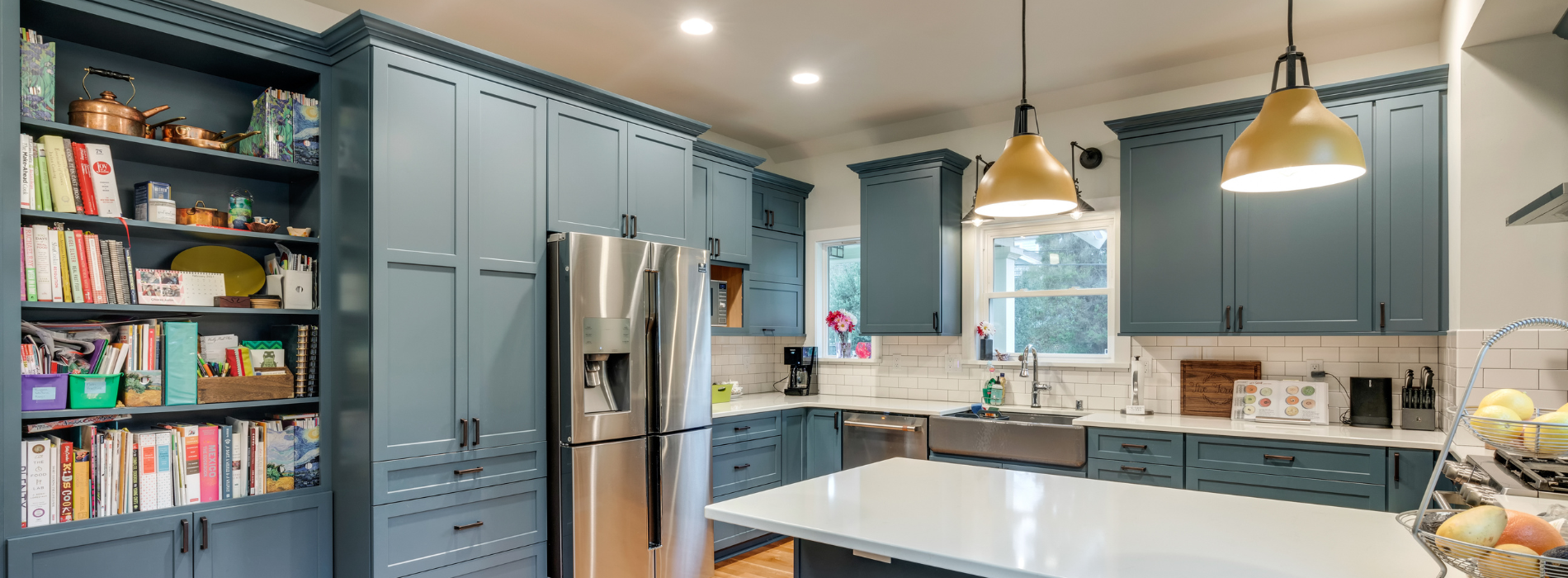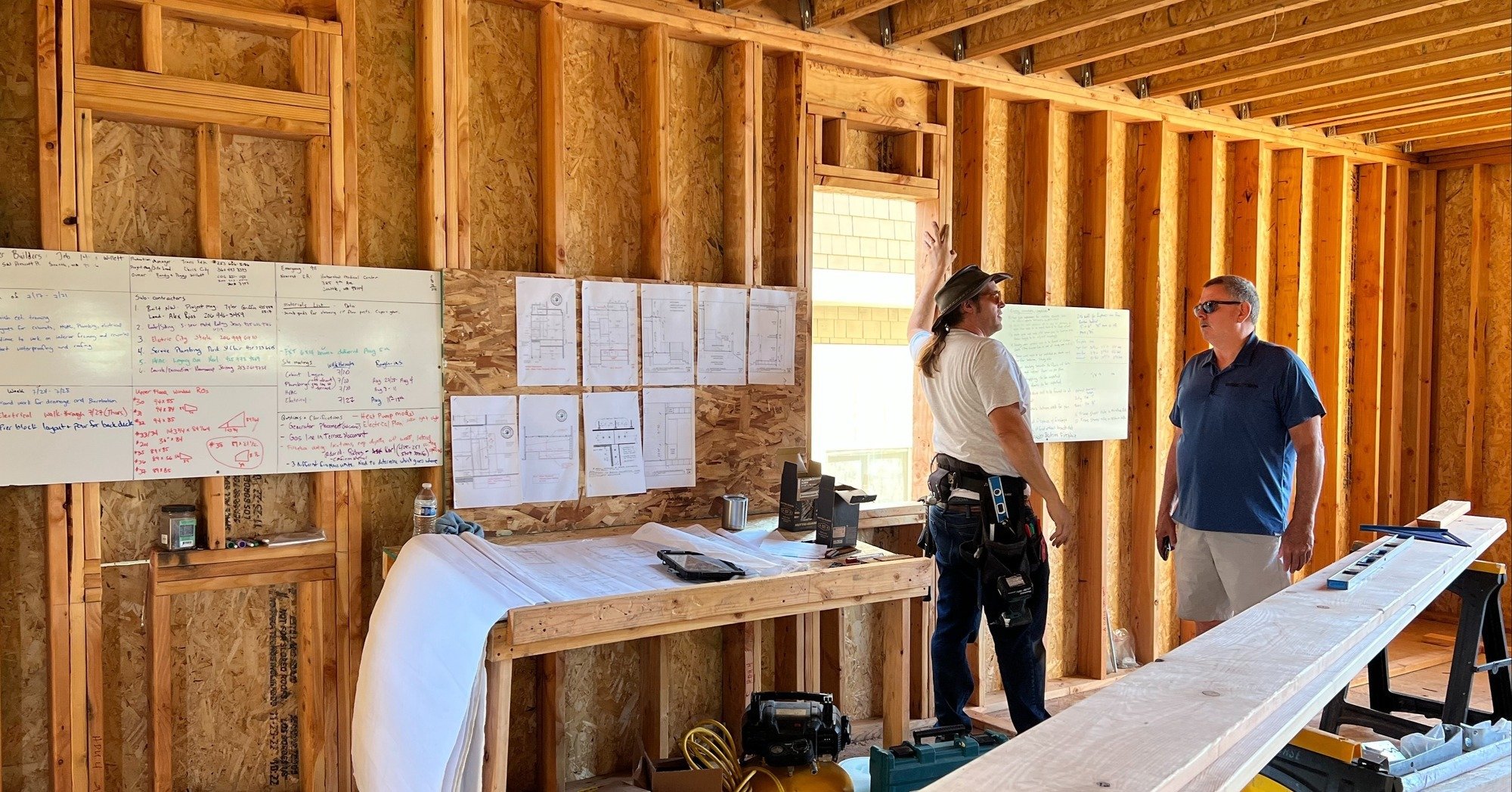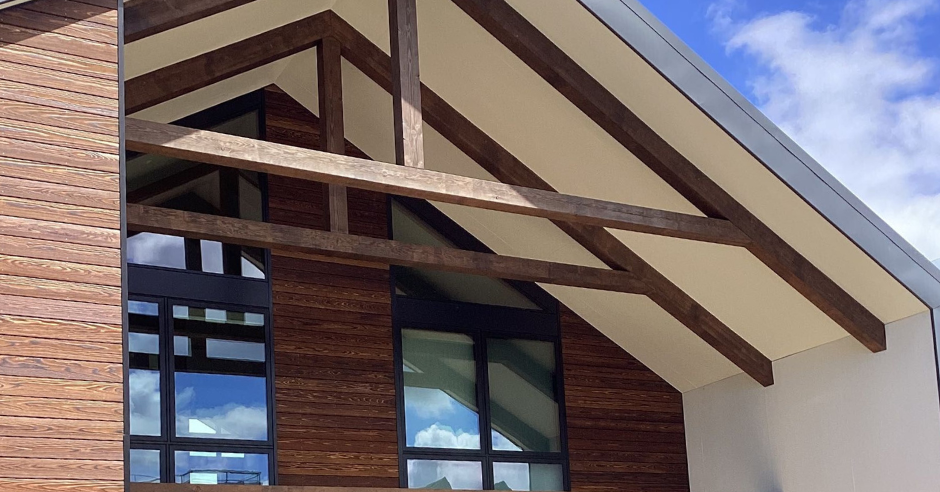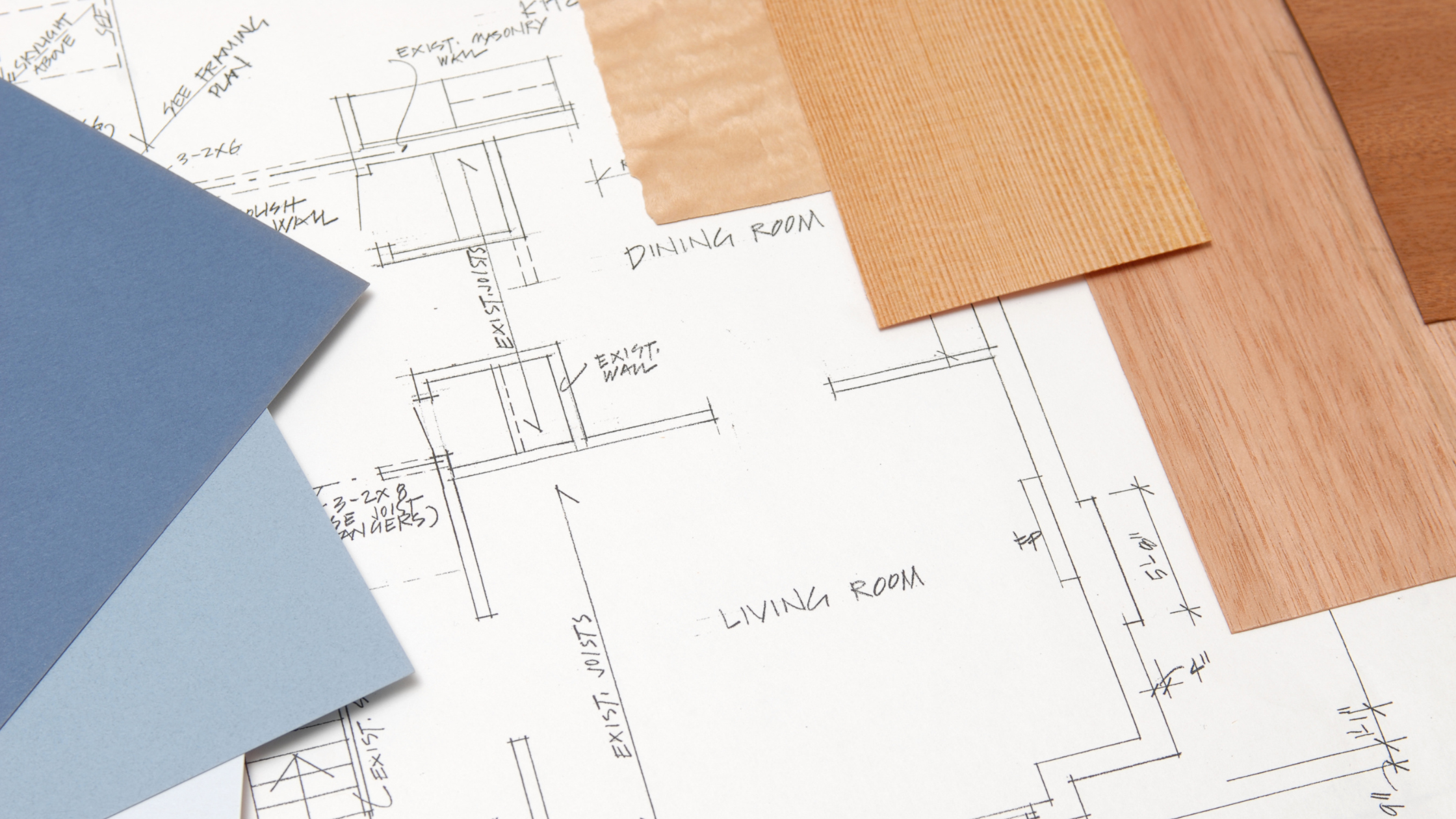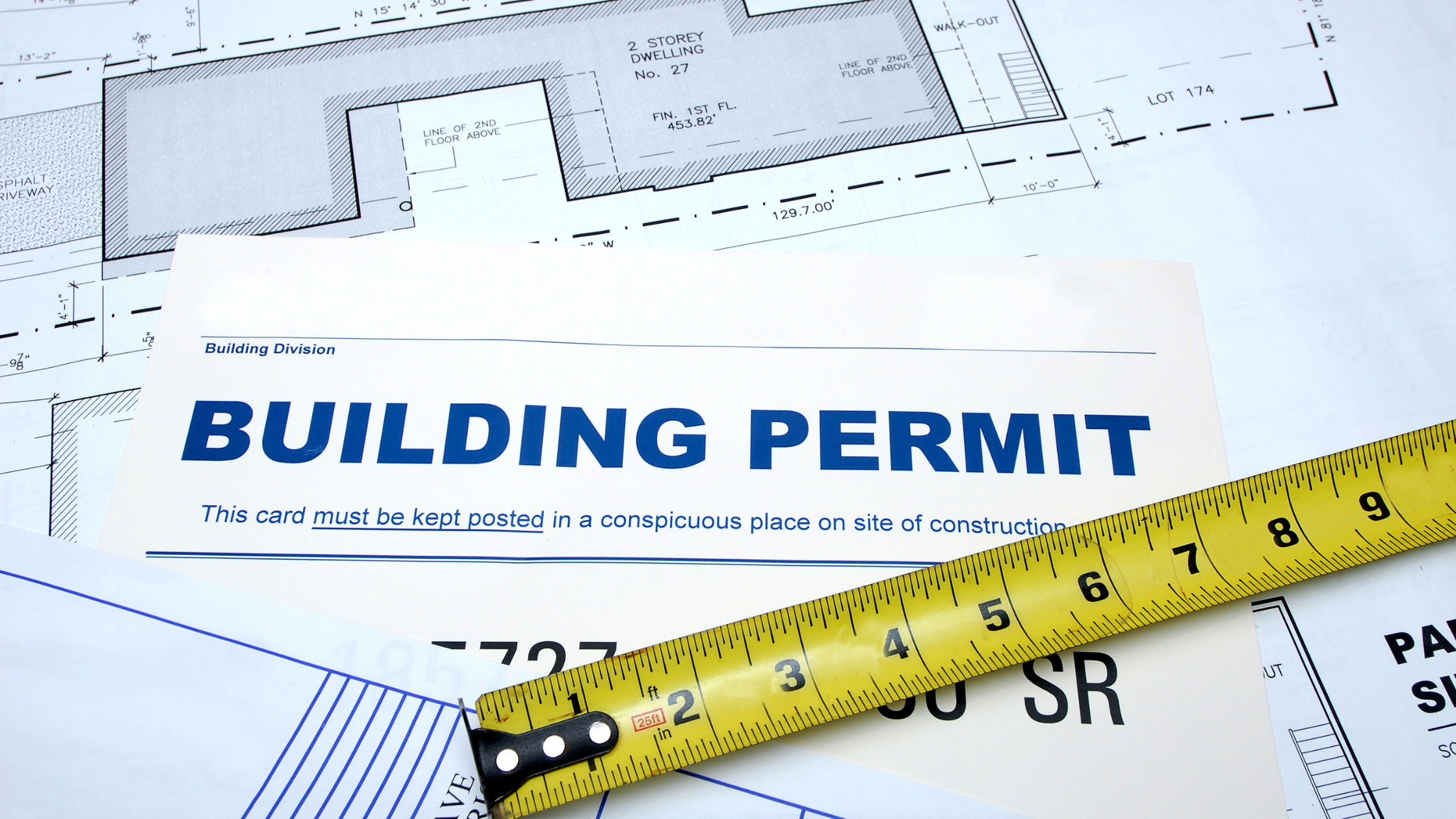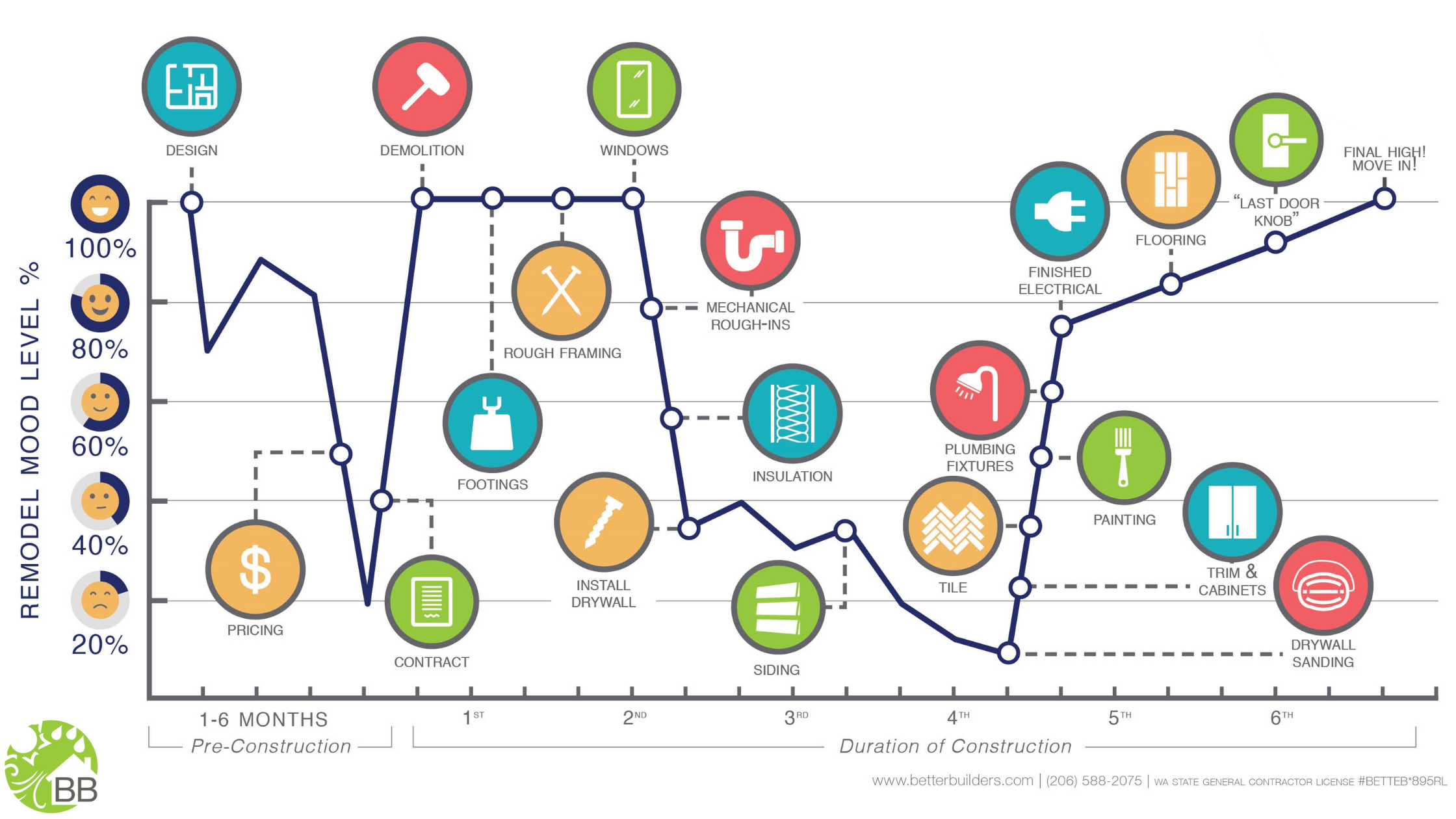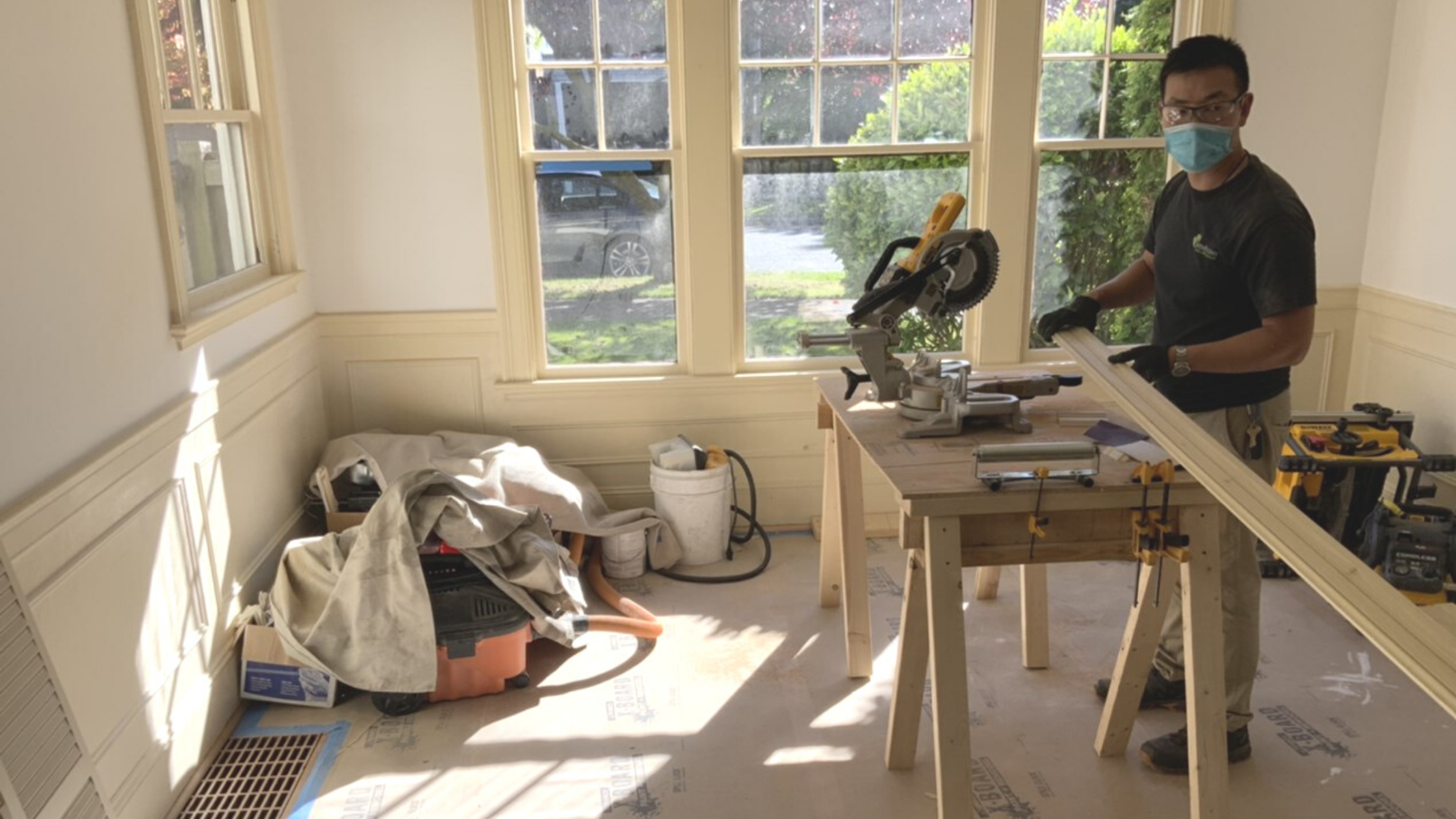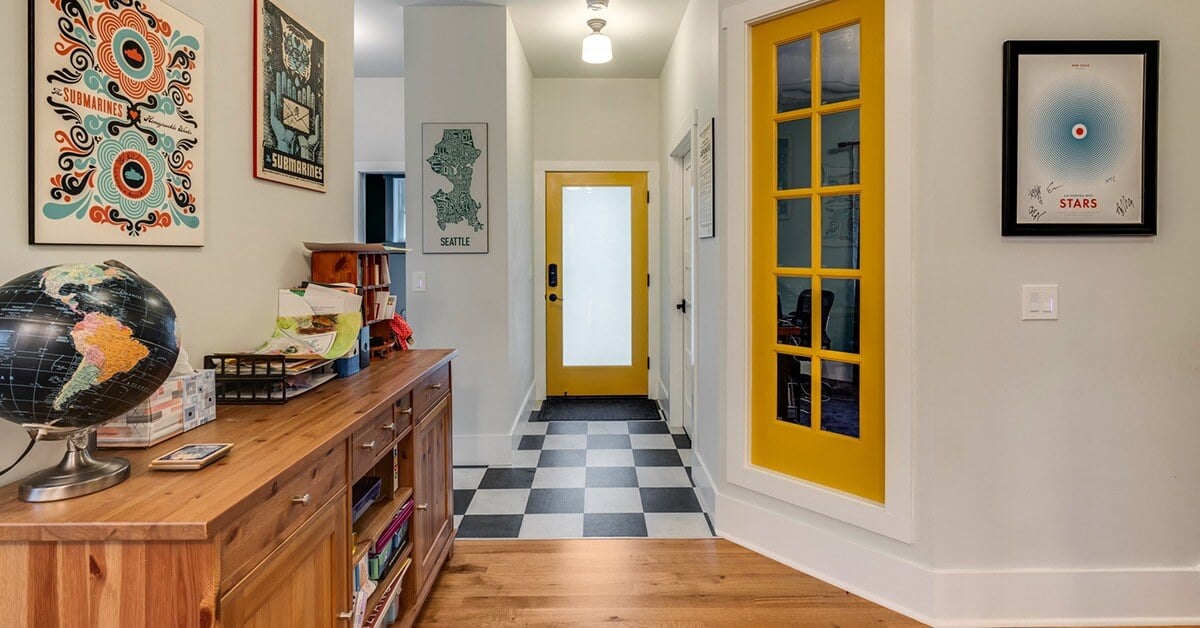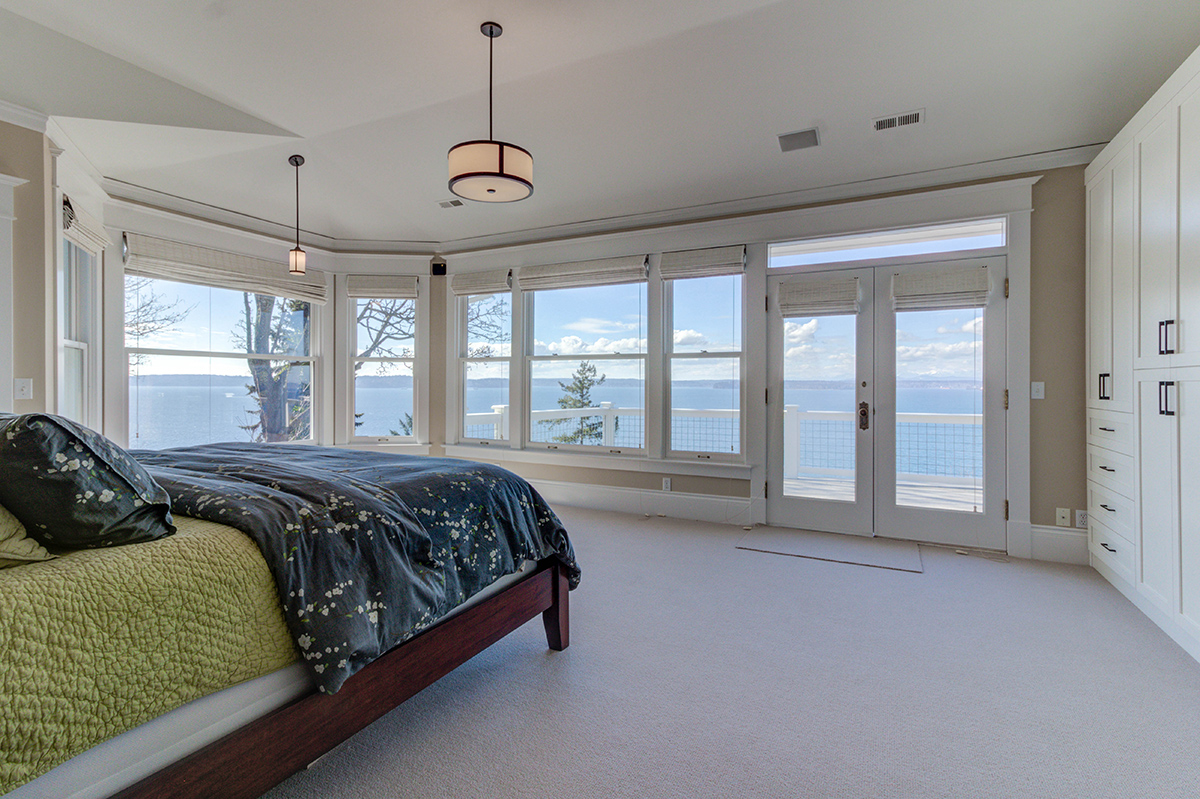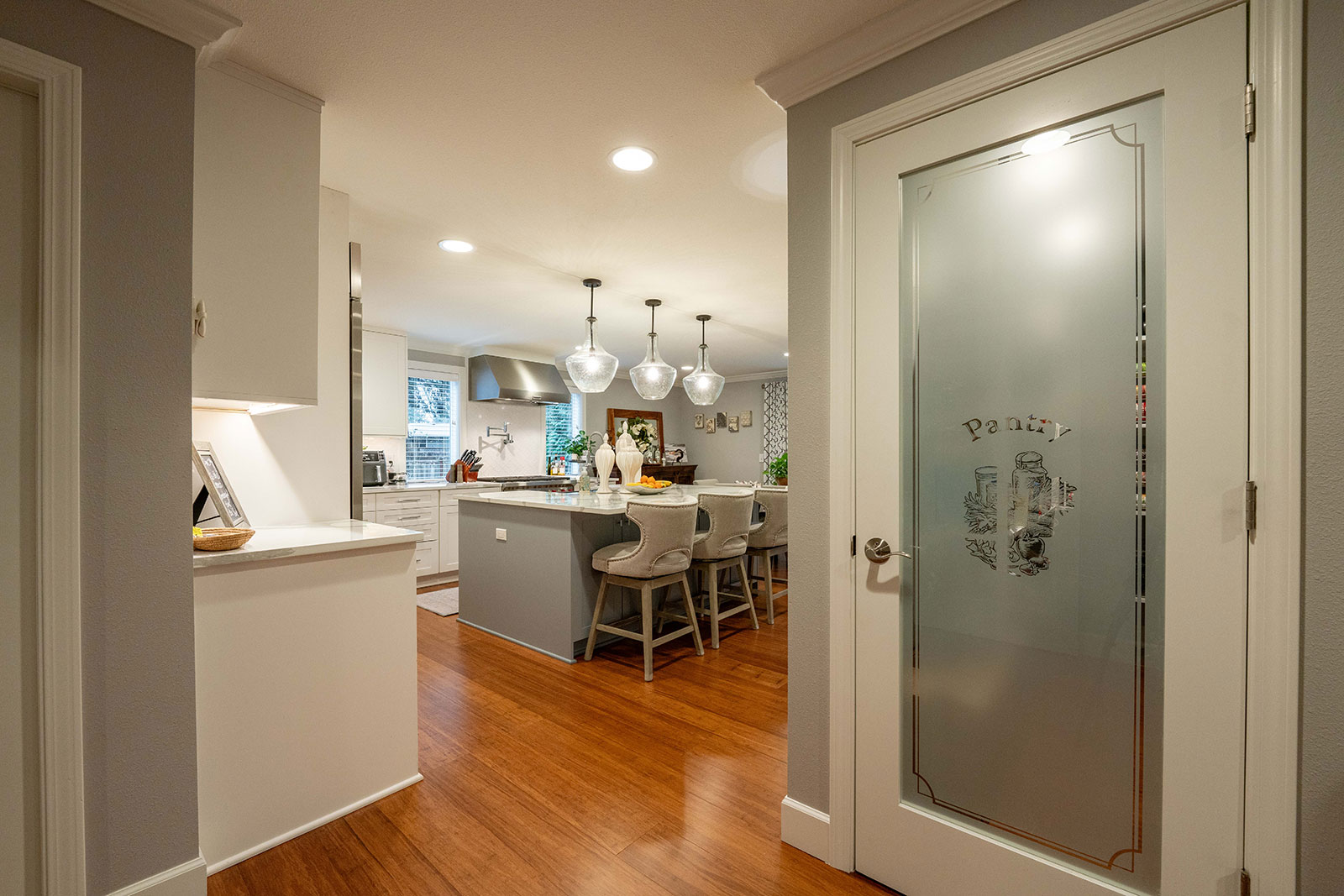The Homeowner’s Guide to Planning a Remarkable Renovation

Read the eBook to Discover:
- Common renovation challenges to avoid
- How to get the job done correctly
- How to determine the scope of your project
- Next steps
Contents
Introduction
There is so much to think about when considering a renovation of your greater Seattle area home.
Maybe you’ve been living with an outdated kitchen that just isn’t working for you. Perhaps the flow of the entire living area doesn’t meet your growing family’s needs. Too few bedrooms? No room to work from home? Maybe you love your neighborhood and haven’t been successful in trying to purchase a larger home in the area.
There are many reasons why you might be thinking about making changes to your home right now. Knowing what goes into a home renovation, how to choose the best building team, and knowing the alternatives to renovation is the first step to making a thoughtful decision.
Download Your Personal
Copy of this eBook

Complete the form to get your
personal copy of this eBook.
Download the eBook
Common Renovation Problems to Avoid
The first question to ask yourself: Does renovation make sense for us right now? There are alternatives that may be more cost-effective, so the answer is not an automatic “yes.” However, alternatives are not all they’re cracked up to be.
Maybe you’ve been searching for a home in your area, and the right fit just isn’t there. Or you are working out of an RV or co-working space because there just is no room in your current home to do your job. If space is at a premium, but you are happy with your neighbors and your neighborhood, then a renovation might be the most sensible solution to your needs.
Your first thought might be, “We can DIY this project, no problem!” And if you or your friends and family have the time and skills to make that happen, that is a feasible solution.
Underestimating the DIY Approach
YouTube and reality shows have made home renovation projects seem like a piece of cake, but often, there’s a complicated issue below the visible problem (especially with older homes) that people don’t account for in the beginning.
Here are just a few scenarios to avoid when starting a DIY renovation project:
It’s not uncommon for homeowners to begin DIY projects and quickly realize they do not have the skills or time to complete them. 55% of homeowners who DIY a home renovation say it took longer than they expected.

It’s not uncommon for homeowners to begin DIY projects and quickly realize they do not have the skills or time to complete them.
55% of homeowners who DIY a home renovation say it took longer than they expected.
It can create a real challenge when a homeowner who is in the middle of a DIY project realizes their limitations and needs professional help urgently. Contractors are often booked out months in advance. This leaves the homeowner with an unfinished project, a giant mess in the home, and a delay in obtaining a solution that could be months long.
Another common problem people run into with DIY renovations is working on a project in the wrong order or doing it just plain wrong. If this happens and a contractor needs to be called in afterward to fix the problems, the homeowner has wasted a considerable amount of money and time. In this scenario, the reality is that DIY projects gone wrong can cost more than using a professional upfront.
Homeowners who decide to begin a DIY home renovation project don’t realize that they are also taking on the role of the general contractor. This could mean that vendors and trade professionals fail to respond to inquiries because the homeowner lacks credibility and industry relationships.
What will the DIY budget be? 60% of homeowners think that DIY projects will be less expensive, but 1 in 3 go on to hire a professional to get it done right. This includes the cost of the DIY homeowner’s materials and time spent, plus hiring someone else to finish the project or even redoing the work that was done incorrectly.
Often, a small project turns into a big deal. For instance, a homeowner could decide to re-tile their bathroom and, after completing the demolition, realize there is rot on the wall behind the tile. The homeowner didn’t sign up for whatever needed to be fixed to replace the rotten material and ensure the underlying problem that caused the rot was solved. In addition, many don’t have the expertise to mitigate mold and keep themselves safe while they do it.
DIY can be a reasonable approach if you legitimately have the skills and experience. But if you are not an expert, the financial and emotional risks — not to mention the risk of physical injury — are very real.
Not Thoroughly Understanding the Process & Legal Requirements
Often, homeowners go to apply for a building permit and quickly realize there is a lot of red tape to navigate to even get the renovation started.
If done incorrectly, homeowners can find themselves in a red sticker situation where a ‘stop work order’ is delivered, and the homeowner cannot complete the work they began. Major rework and additional materials may be needed if the work completed isn’t up to code.
Don’t put the cart before the horse by hiring an architect to deliver what the homeowner thinks is a “finished” design. If the homeowner isn’t working hand-in-hand with a contractor from the very beginning of the renovation process, the cost of implementing this design may be significantly more than you imagined. A good rule of thumb is that design will cost between 10 and 15% of the overall price to build the project.

Often, homeowners go to apply for a building permit and quickly realize there is a lot of red tape to navigate to even get the renovation started. If done incorrectly, homeowners can find themselves in a red sticker situation where a ‘stop work order’ is delivered, and the homeowner cannot complete the work they began.
Purchasing a fixer-upper can be a good investment, but you will want to work with a professional contractor to make sure the remodeling you want is feasible and financially viable on the property before you put in an offer.
There is one more way homeowners can get ahead of themselves. Starting a multi-phase project without advanced planning can cause a lot of headaches. For example, if a second-story addition is part of the construction phase, you must consider the impacts on the rest of the home and plan accordingly. A skilled and experienced contractor will efficiently plan and organize the phases so they make the most financial and logistical sense.
Ignoring the Problem Won't Make It Go Away
In fact, it makes the problem worse. If a problem arises — like mold spots on a ceiling — and nothing is done to remedy the issue, the problem will only grow.
Painting over the spot or putting a bucket up in the attic to capture moisture only prolongs the inevitable. That roof needs fixing, and if you don’t take care of it, there will be cascading problems from the roof on down. Costs will escalate, and with problems like mold, health and safety become a higher risk issue as well.
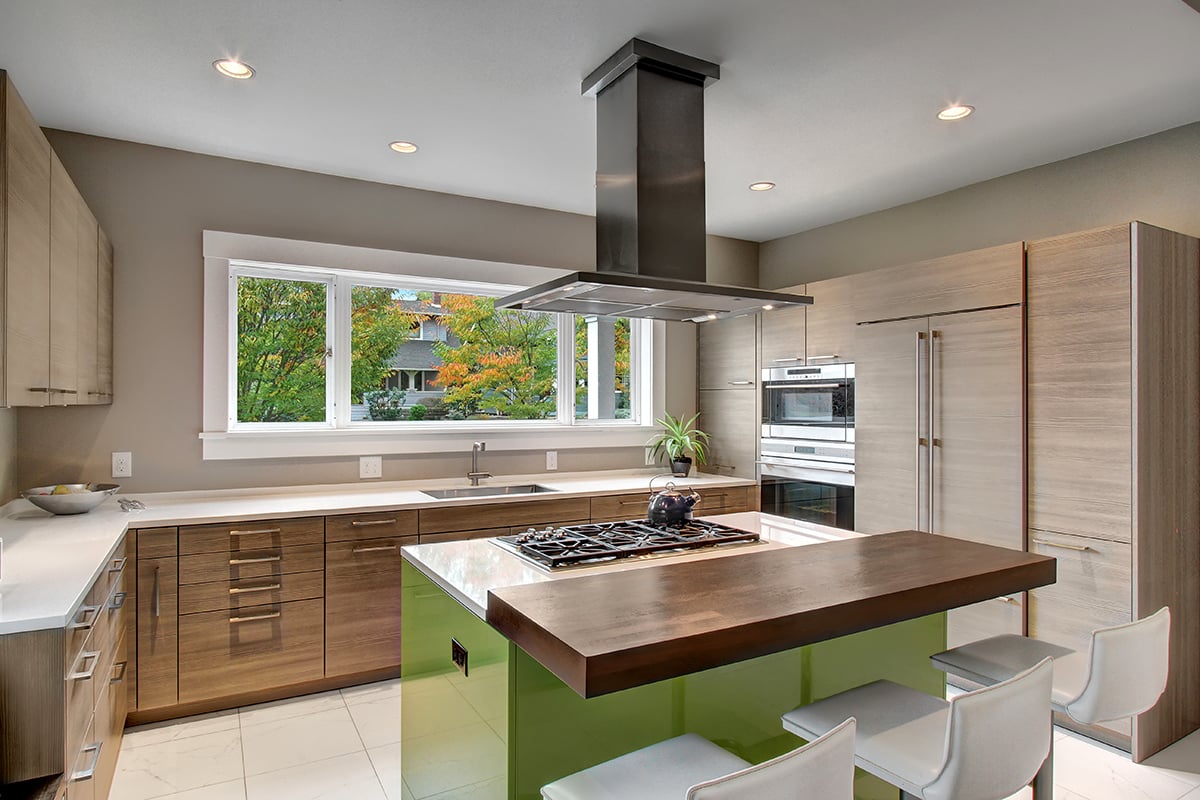
Not Choosing the Right Professionals
Homeowners have access to SO many options these days. To narrow down those options, it is wise to have a series of questions answered prior to committing.
1
Vet your contractors again. If a contractor gives you a price that seems too good to be true, it probably is. You don’t want to be the mark in one of those “take the money and run” contractor stories where they take your down payment and are never seen again.
2
Vet your contractors to make sure they are experienced and fully licensed. “Chuck in a Truck” may be a great guy, but make sure he has the credentials to back up his work.
3
Make sure the contractor only works with fully licensed and bonded subcontractors.
4
If budget is important to you, be cautious working with designers or architects who may not have a current idea of the cost to implement the renovation project. This is especially dangerous when you don’t involve a general contractor during the design phase or before the project goes into pricing. Skipping this step can lead to a design that may be spectacular but is outside of your budget — leading to disappointment and negative feelings about remodeling. It doesn’t have to be this way.
5
Pick a connected contractor that has healthy, working relationships with trade partners and subcontractors. Choosing a general contractor who doesn’t have these relationships leads to scheduling delays and inefficiencies throughout the renovation process.

How to Get the Job Done Right
Now that you know what NOT to do, let’s talk about what you should do to be successful. There are many reasons to renovate, but there are extra steps you must take to make sure it gets done right. The planning process for a remarkable renovation starts with sitting down with a trusted builder and digging into what you want and need from a remodel.
Finding the Right Fit for Managing Your Home Renovation
You are likely looking at several potential contractors for your project. That is a good thing.
A renovation will involve people being in your home for weeks or months from start to finish. There will be many decisions to make, from the overall budget to the backsplash tile. You want to make sure your experienced partner in this project is a good fit.
Many homeowners may have had a bad experience with an unscrupulous contractor in the past. You don’t want to get fooled again. Here are a few tips for building a trusting relationship with your contractor.
A Partnership, Not a Transaction
Aside from the builder’s technical expertise, getting to know the builder and their values — and making sure they align with yours — is a key to a good renovation experience. After all, the homeowner client will enter into a long-term relationship with this group of people, and it’s important to like and trust that partner.
This process goes both ways. A high-quality building team should start by ensuring the fit is right for both the homeowner and the general contractor. If a client determines that a building firm isn’t the right fit, the building firm should offer referrals to other contractors that might work better for the project. The important thing is to have as much information as possible about the next steps.
Look for a contractor relationship that will be a true partnership. Look for a company that will go beyond the bare minimum to exceed your expectations. This will set the project up for success.
Values Matter
It’s important to choose a building team whose philosophy is doing what is right rather than what is easy. This should include a commitment from the business to continuously be respectful of their community, employees, and the environment.
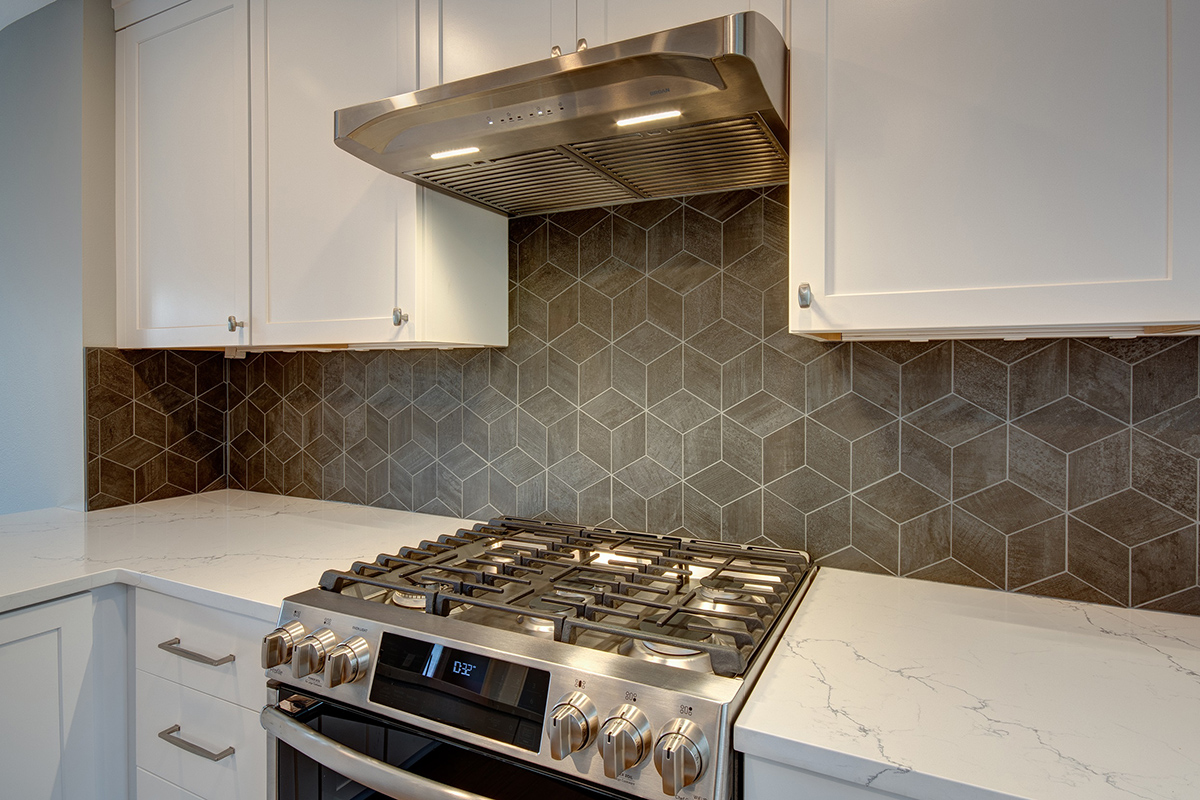
It’s important to choose a building team whose philosophy is doing what is right rather than what is easy.
This should include a commitment from the business to continuously be respectful of their community, employees and the environment.
Important questions to ask:
- Are the team members of the building firm active members in the community where their clients live and work? Having a personal connection to the place where the client lives will only build a better partnership and increase the quality of the work completed.
- Are the employees of the building firm happy and long-standing team members? Happy employees working in client homes are crucial for a more pleasurable experience for everyone.
- Does the building firm you’re working with give back to the community? Many high-quality build firms will sponsor local youth sporting teams, sponsor flower baskets on their streets, support local food banks, or donate labor and material for needy community members.
- What are your green building practices? For many homeowners in the Seattle region, green building practices are an important value they expect in any home renovation project. Knowing what options your building team offers to maintain an eco-friendly build project is important to address upfront.
Education Is Important
A good contractor will first and foremost, serve as a trusted advisor for the homeowner. They will ask questions and find out what the pain points are that bring the client to consider a renovation project.
There may be multiple solutions to resolve the issues that involve less time and expense. A high-quality building firm will educate you on all your options and only want to take on jobs where they add value, not just take projects because they can.
Communication Is Key
Clear, concise, and consistent communication is necessary to ensure nothing is left to chance, questions get answered, and nothing gets ignored or forgotten as the process moves forward. Look for a contractor that not only says they value communication but demonstrates it from the start.
Most contractors are capable of doing the work that goes into a home renovation project. Again, there is more to the process than technical expertise in building. When design and build are brought together in one process, it creates a better experience for everyone involved.
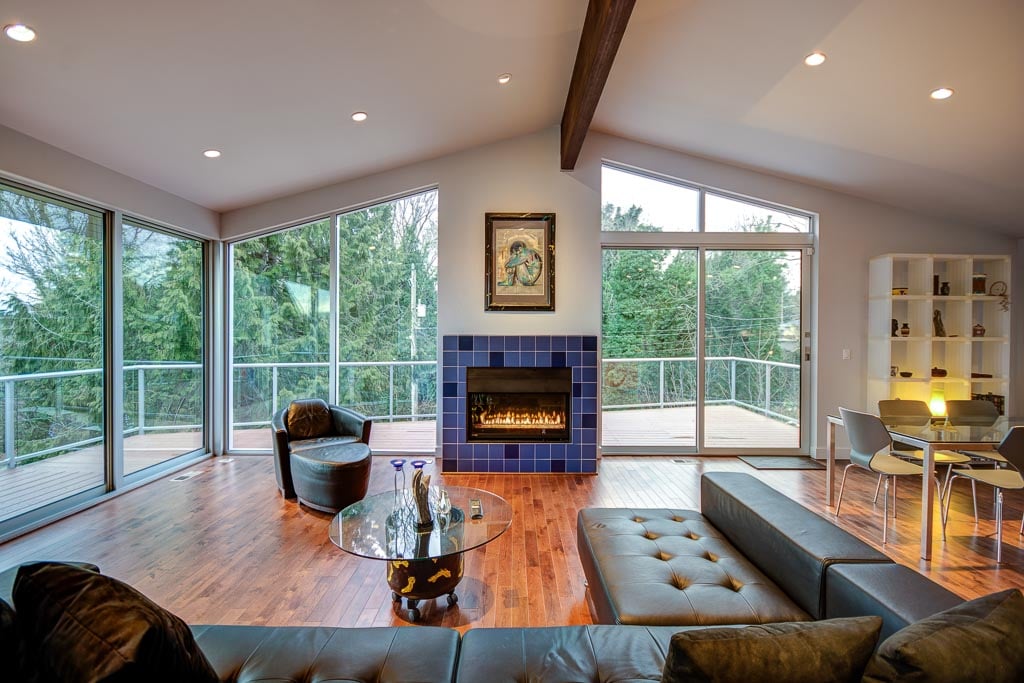
It’s important for homeowners to understand that communication between contractors and the design team is critical for a successful project. A design/build firm can creatively solve issues and ensure you, as the homeowner, get the most out of your renovation budget. It’s not only about the finished product, but about the journey it takes to get there.
Following a Process Is Crucial
A high-quality build firm will follow a documented, tried and true process. This leads to the most efficient (cost and timeline) path to providing solutions for the client’s needs. Following a process includes detailed planning that reduces stress and enables the employees of the build firm to produce streamlined, high-quality work.
Following a process includes detailed planning that reduces stress and enables the employees of the build firm to produce streamlined, high-quality work.
The process should include the following:
- Clear and concise communication at every stage of the project via project management software.
- A dedicated project manager who will guide your project to success with standing weekly meetings and regular check-ins.
- A guaranteed level of quality and an extended warranty that spans at least 5 years.
.png)
Deciding on the Scope of the Project
Once the building team has been chosen, the next step is to determine the scope of the project. A good design-build company will be a trusted advisor who will guide the client through a defined process, starting with a “discovery” phase.
This phase is where the client shares what the vision is for the renovation. Questions may include: What is not working in the current layout of the home? Are there ways to fix problems like underused space or bad flow between rooms without a full-blown construction?
When the client’s challenges are thoroughly discussed, the design-build firm can provide potential solutions, and give a rough sense of the time it will take and a ballpark cost of the project. A good builder will gather the details, create a plan, and provide a price that doesn’t change unless the client decides to change the scope of work.
Get Your Questions Answered (and Discover New Ones)
At this stage, the client will have a lot of questions. This is the time to ask them. This step of the process will also uncover issues the client hadn’t even thought of.
An experienced designer or contractor will have seen a lot and experienced the unique challenges and opportunities that come with building projects in the greater Seattle area.
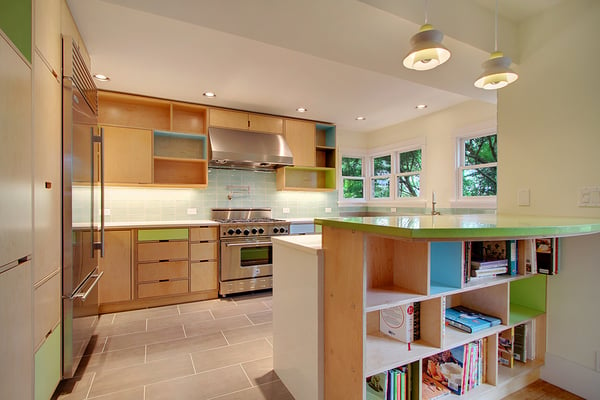
Here are common questions homeowners have when planning a renovation:
Is my lot large enough to add an addition?
Can I live in my home while the construction is happening?
When should I engage with a home builder to meet my project timeline?
How to find the best home builder team, and what type of capabilities should they have?
Why is it important to have a general contractor involved in design?
Will the addition look like an addition, or will it fit seamlessly into the home?
What permits are required to build an addition on my property?
Is an addition right for my property?
How to identify the design style and the aesthetic you are looking for in a home renovation?
How much will a home renovation cost?
How much should we invest in our home, or should we buy a new home?
Can I add a basement to my home?
It’s an old adage that there are no dumb questions, and that is especially true when in the beginning stages of a renovation project. As a homeowner, it’s hard to be an expert in excavation, foundations, framing, HVAC, plumbing, electrical, design, and all the rest that goes into a project to make a home renovation remarkable. That’s why you should consult with someone specialized in these fields.
Download a Personal
Copy of this eBook

Complete the form to get your
personal copy of this eBook.
Download the eBook
Ready for Renovation?
You’ve done some initial research, you’ve weighed the options of doing nothing, moving, or starting a project, and you are ready to get started on a renovation. What should you expect? First and foremost, expect the process to be an equal partnership between you and the builder from the first conversation through project completion.
There are many ways to plan a renovation, but the best building firms will provide the most efficient path — in terms of both time and cost — for an experience that exceeds expectations. Understanding the available options and different procedures in more detail is an incredibly valuable step in the decision-making process.
To learn how Better Builders’ unique process creates long-lasting relationships and partnerships with our clients, download the eBook: The Better Builders Proven Roadmap to Create the Home of Your Dreams.
If you are ready to discuss your renovation, please request a Home Renovation Project Exploration Call. We will help you create a plan that exceeds your goals while gaining the most out of your renovation investment.

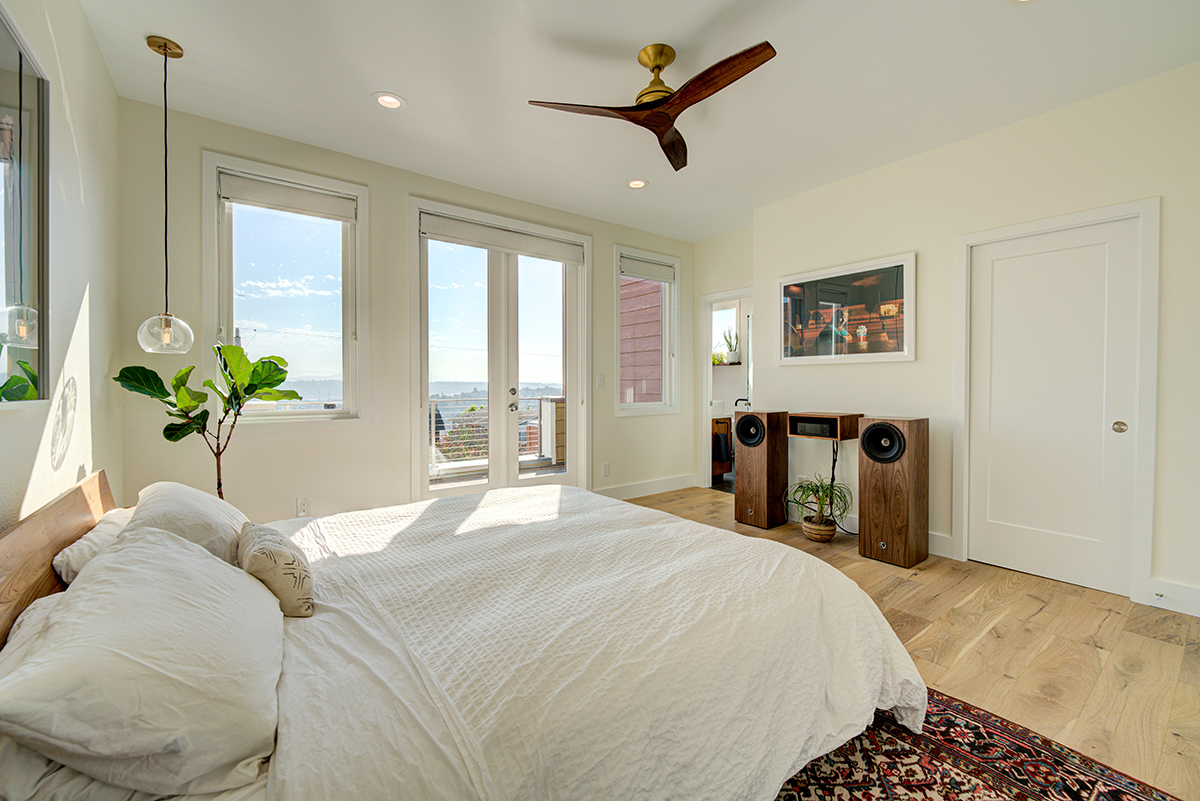

.png)


.png)
